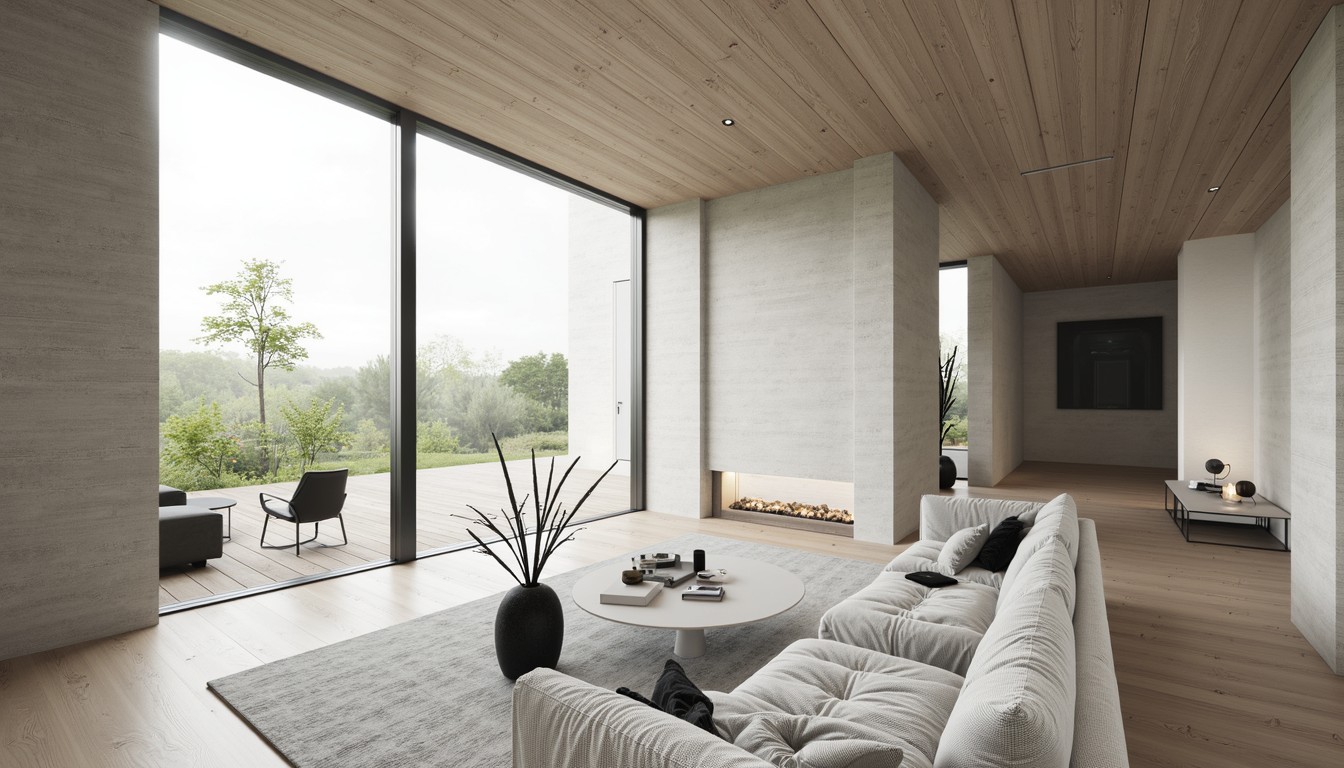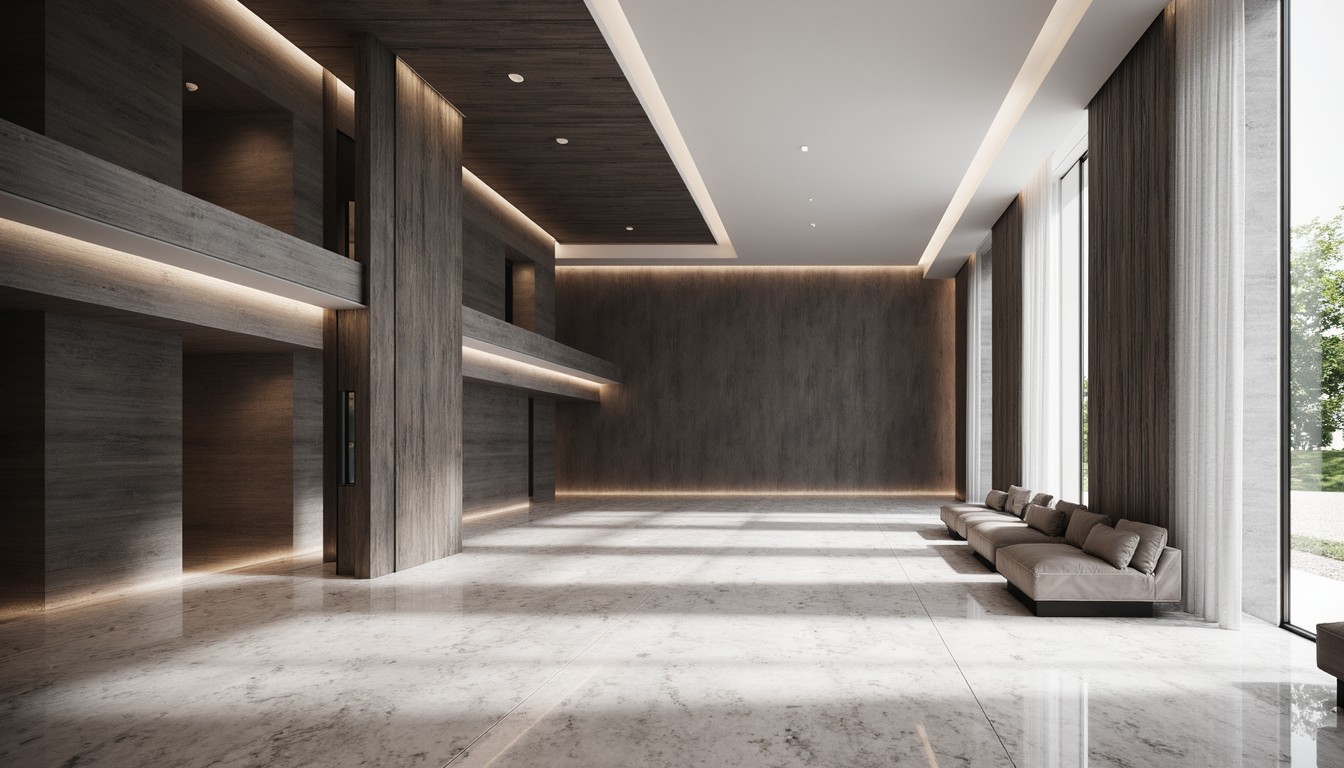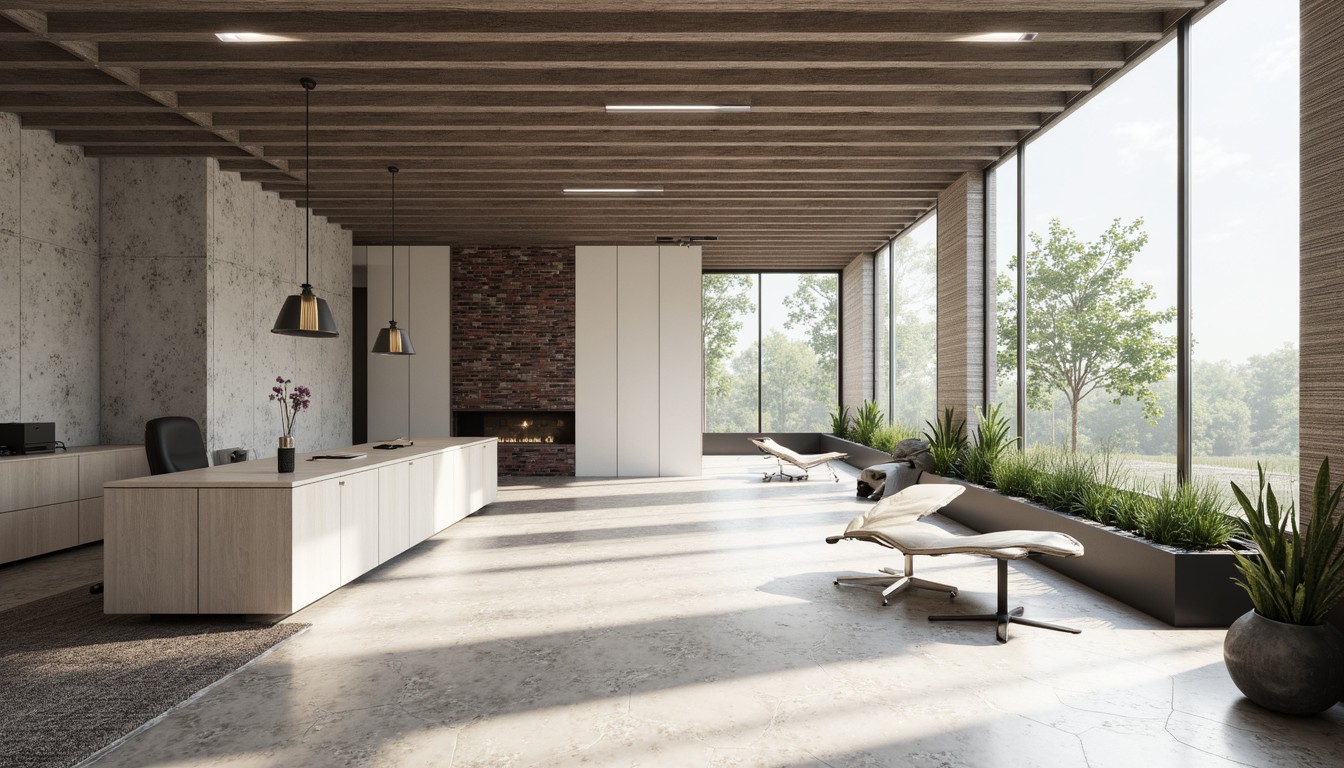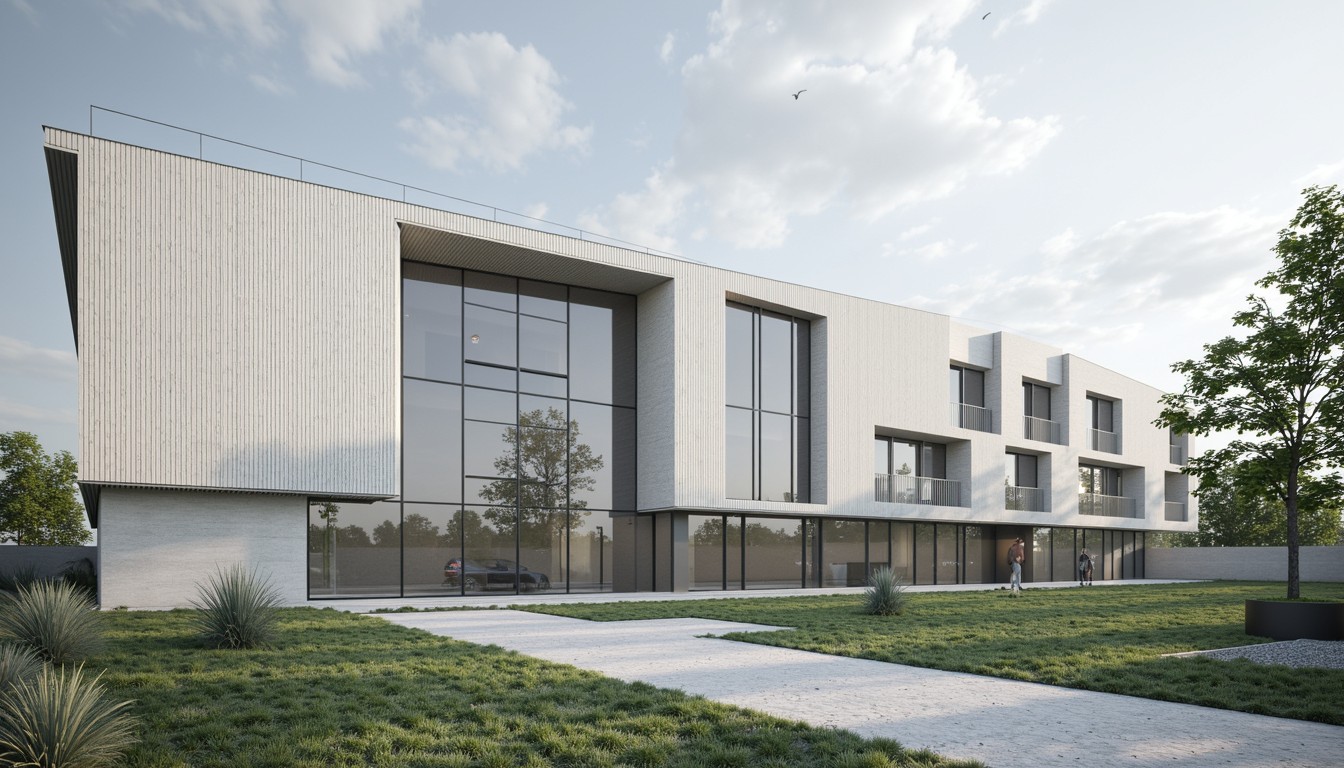Digital Transformation: Reshaping the Future of Architecture
The architecture industry is undergoing a profound digital transformation, driven by advancements in technology and a growing demand for efficiency, sustainability, and client engagement. This shift is no longer a trend; it's a necessity for firms seeking to thrive in a competitive market. From Building Information Modeling (BIM) to virtual reality (VR) and artificial intelligence (AI), digital tools are revolutionizing every aspect of architectural design, construction, and project management. This article explores the key aspects of this transformation and how ArchNav is at the forefront of this exciting evolution.
Building Information Modeling (BIM): The Cornerstone of Digital Architecture

BIM is arguably the most significant technological advancement in architecture in recent decades. It's more than just 3D modeling; it's a process that uses intelligent, 3D digital representations of physical and functional characteristics of places. This data-rich model serves as a single source of truth throughout the entire project lifecycle, from initial design concepts to construction and beyond. BIM enables architects to:
- Improve Collaboration: Multiple disciplines (architects, engineers, contractors) can access and work on the same model simultaneously, fostering better communication and reducing errors.
- Enhance Design Coordination: BIM helps detect clashes between different building systems early in the design process, minimizing costly rework during construction.
- Optimize Project Scheduling and Budgeting: Detailed cost estimations and scheduling can be generated directly from the BIM model, leading to better project control.
- Facilitate Sustainable Design: BIM allows architects to analyze energy performance, material usage, and other sustainability metrics, leading to more environmentally friendly designs.
Beyond BIM: Emerging Technologies Transforming Architecture

While BIM forms the foundation, other technologies are rapidly expanding the possibilities of digital architecture:
Virtual Reality (VR) and Augmented Reality (AR): Immersive Design and Client Engagement
VR and AR offer immersive experiences that allow architects to visualize designs in a realistic and engaging way. Clients can “walk through” their future building before construction even begins, leading to better understanding and fewer revisions. This enhanced client engagement results in increased satisfaction and smoother project delivery.
Artificial Intelligence (AI): Automating Tasks and Enhancing Design
AI is starting to play a significant role in architecture, automating repetitive tasks like generating preliminary designs or analyzing large datasets to optimize building performance. AI-powered tools can also assist in design exploration, suggesting innovative solutions based on various parameters and constraints.
Generative Design: Exploring Unprecedented Design Possibilities
Generative design uses algorithms to explore a vast number of design options based on specific parameters and constraints. This allows architects to push creative boundaries and discover solutions they might not have considered otherwise. It's particularly useful for complex projects with multiple constraints.
Digital Fabrication: Bridging the Gap Between Design and Construction
Digital fabrication technologies, such as 3D printing and CNC machining, are revolutionizing construction by allowing architects to create intricate and customized building components with greater precision and efficiency. This opens up new possibilities for design and material innovation.
Practical Applications and Real-World Examples
The digital transformation in architecture is not just a theoretical concept; it's already impacting projects worldwide. Examples include the use of BIM in the construction of skyscrapers, VR in client presentations for large-scale developments, and AI in optimizing building energy efficiency. These applications demonstrate the tangible benefits of embracing digital technologies.
Challenges and Considerations

While the benefits are clear, the digital transformation also presents challenges. These include the need for specialized skills and training, the cost of implementing new software and hardware, and the potential for data security issues. Overcoming these hurdles requires strategic planning, investment, and a commitment to continuous learning.
ArchNav: Your Partner in Digital Architectural Visualization
ArchNav understands the importance of digital transformation in architecture and offers a comprehensive suite of services to help architectural firms leverage the power of cutting-edge technologies. Our expertise in BIM, VR, and other digital visualization techniques enables us to create stunning and informative presentations that elevate your projects and impress your clients. We help you navigate the complexities of digital transformation, ensuring a smooth and successful transition.
Contact us today to learn how ArchNav can help you embrace the future of architecture.
